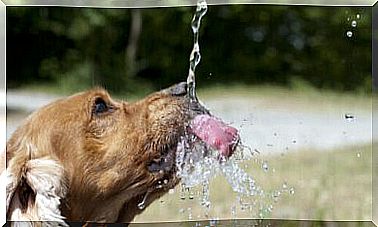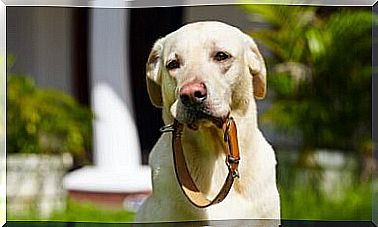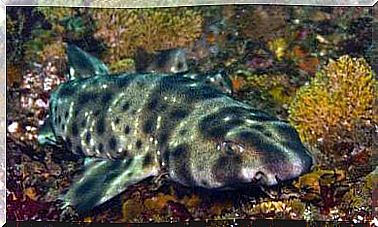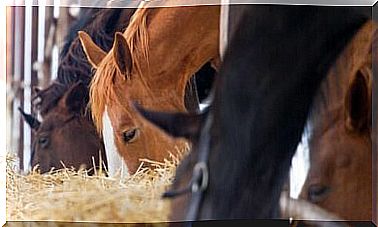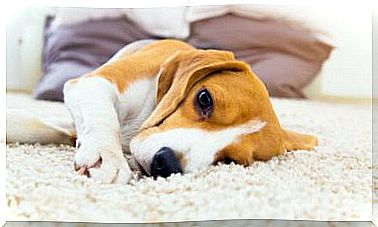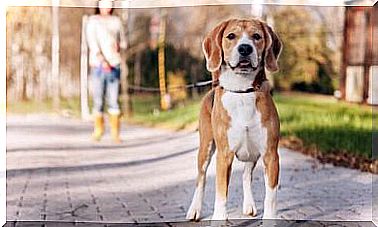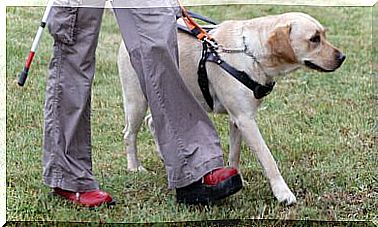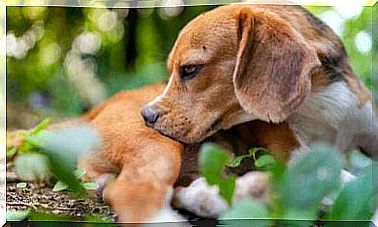How To Protect Dog Pads
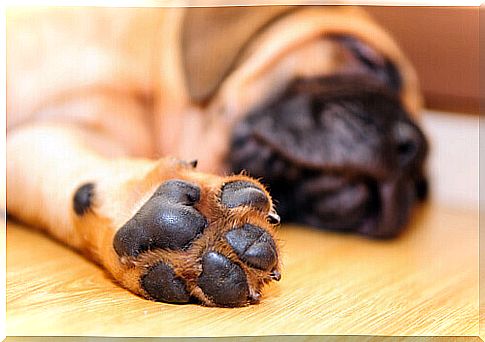
One thing that we too often underestimate in the care of our pet is the pads. Particularly during walks, the function of the pads is very important, in fact they protect the delicate paws of our animal. For this reason, in the following article we will list some useful tips to protect your dog’s pads.
The pads are made of a soft part that corresponds to the sole of our hands and feet, and are essential, because they help the dog to maintain balance, and act as shock absorbers to withstand the weight of his body and the impact during trotting and walking.
Although it is a very important area that should be taken care of, there are few who pay due attention to this area. For this reason, they end up cracking, becoming full of calluses and bleeding permanently.
What are dog pads for?
As mentioned earlier, the pads help the dog cushion and bear weight. This is very important, because they avoid most of the impacts and blows they take during running and walking, preventing possible fractures, muscle, joint damage, etc.
However, this area is very sensitive, and can be damaged quite easily if you don’t keep certain precautions in mind. We have to take into account various aspects, such as the house in which the dog lives and the type of soil that characterizes it.
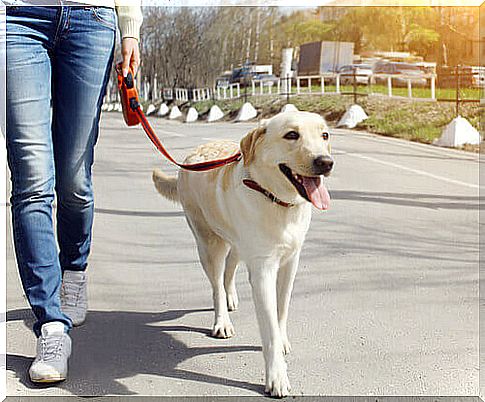
What to do to protect the dog’s pads?
The best thing to do to protect your dog’s pads is to strengthen them and harden them so that they can withstand the conditions of the asphalt and green areas. Having strong skin, ready to come into contact with the ground, is the first step in ensuring that the pads are free from wounds or sores.
Keep in mind that dogs living in cities are much more exposed to conditions that can be aggressive for their paws, especially since asphalt is one of the elements that damages this delicate part of the dog’s paws the most.
To avoid this, it is better to alternate walks on the asphalt with those on earth and meadows, in this way the dog will get used to it and his pads will have time to harden without being damaged.
Heat is also an element to be taken into consideration; in fact the pads burn in contact with some materials that have been exposed to the sun for a prolonged time, generating sores and pain. Therefore, in summer, it would be prudent to cover the dog’s paws with special footwear.
If you do not have these shoes available, it is better to decide to walk the dog at times of the day when there is not much sun, for example in the early morning or in the evening, when the ground has already cooled.
When walking around the city, you have to be careful of the terrain, and check it before the dog walks on it; this way you can make sure that the area is clean and free of sharp objects such as nails, oxidized metals or glass.
Finally, when you get home, check your dog’s paws and pay particular attention to details such as calluses or bleeding.
Prepare for the walk
Asphalt isn’t the only type of surface your dog comes into contact with. During the walks, it exposes itself to sandy, rocky or irregular soils, therefore in a single exit the animal can come into contact with different types of surfaces.
This is why you shouldn’t subject a dog that is not used to too long walks, because this is the main cause of pad injuries. To start training your dog, it is best to start in humid and soft areas, such as grass-covered grounds.
In order for the pads to harden without corns forming, the dog must be subjected to continuous but measured exposure, because this will allow him to gradually get used to and adapt to different types of soil little by little.
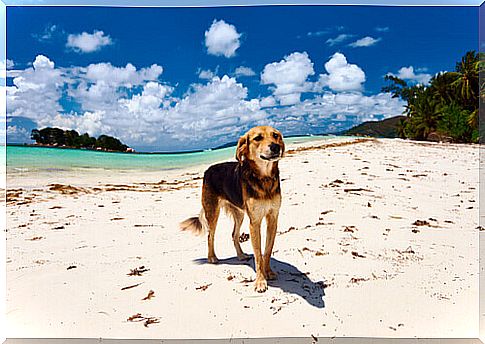
Types of abrasive surfaces for bearings
- Asphalt
- Very hot sand
- Ice
- Uneven or sharp rocks
Creams or footwear
Dog fashion has solved this problem with the introduction of special boots, which are useful for separating the pads from the ground. However they can be uncomfortable if the dog is not used to it.
The ideal would be to buy special creams or conditioners for this area, because it is a good way to keep the pads hydrated (dehydration is in fact the main cause of the cracking of the pads, and a good hydration will make them less prone to cuts and injuries. ). The same thing goes for cleaning, because by removing residues from the dog’s paws, encrustations are prevented, which lead to subsequent injuries.
